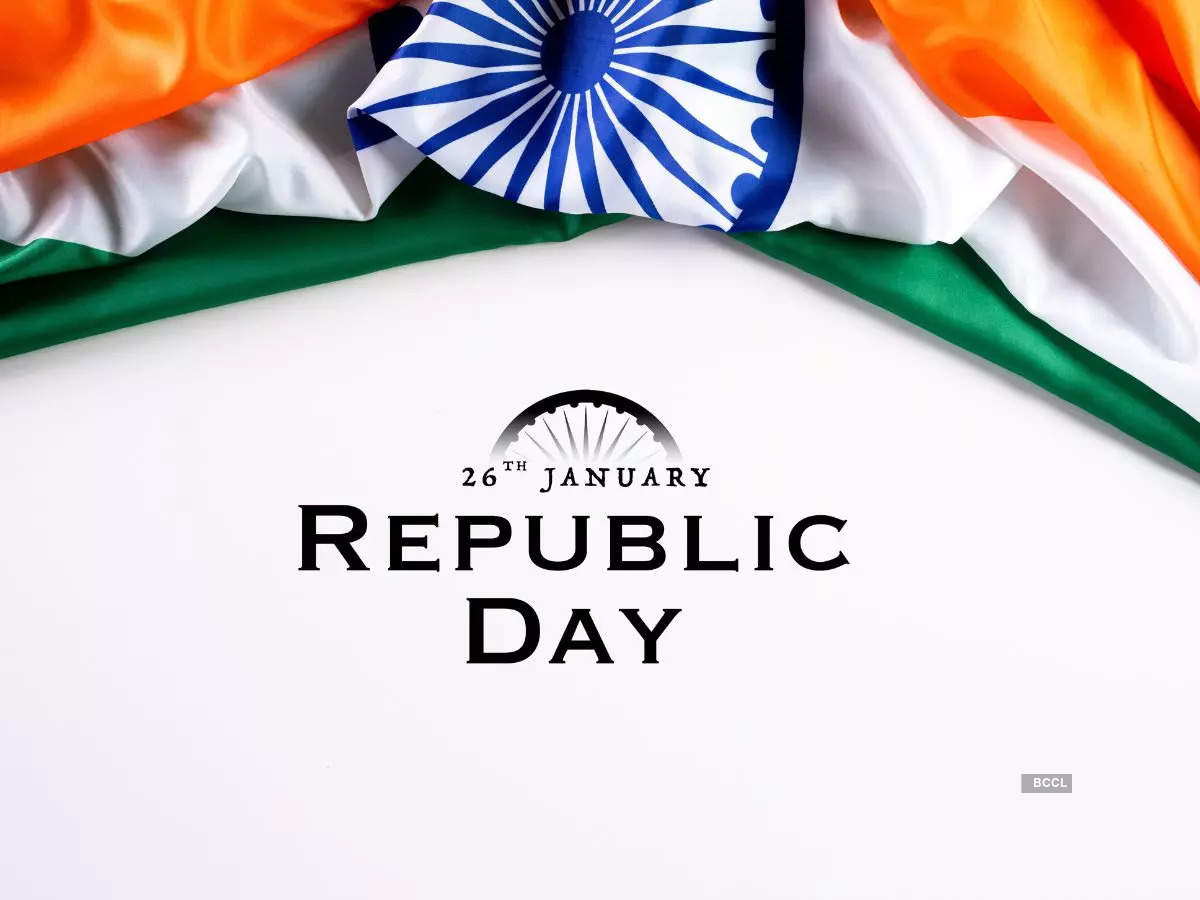
While India attained its freedom from the British Raj on August 15, 1947, it finally became a Sovereign, Republic and Democratic nation and adopted its Constitution on 26th of January, 1950. And so, this year India will celebrate its 74th Republic Day on January 26, 2023.
Every year the Republic Day is celebrated by great enthusiasm and fervour. A grand parade displaying our rich cultural and military heritage is showcased in the national capital New Delhi, which is attended by honourable dignitaries from other countries, Indian politicians, as well as the general public. Beautiful tableaux giving a glimpse of a variety of culture and traditions followed in different parts of the country our displayed during the Republic Day parade. This year, 23 tableaux are finalised for the Republic Day Parade, out of which-- 17 are from Indian states and Union Territories, whereas six tableaux are from different ministries and departments.
On the morning of January 26, each year, the President of India unfurls the Indian flag at Kartavya Path (formerly Rajpath) in New Delhi. To many people, this might sound similar to the hoisting of flag by the Prime Minister of India on Independence Day. However, the ceremonies on Republic Day are very different from those followed on Independence Day. And while many people consider the unfurling of flag similar to hoisting and use the interchangeably, the two terms are very different and have starkly different meanings and symbolism.
What is the difference between hoisting and unfurling of the Indian flag?
Every year on Independence Day, the Indian flag is hoisted at the Red Fort by the Prime Minister of India. The Indian flag is tied at the lower part of the flagpole. It is then raised by the Prime Minister of India, an act which signified the country attaining its freedom from the British Raj and thus establishing its independent identity.Whereas Republic Day marks the formal adoption of the Indian Constitution. Thus, on this day the President of India unfurls the flag at Kartavya Path. It means that the Indian flag is tied as a bundle on top of the flagpole and it is unfurled by the current President of India in a ceremony. This is done since India was already an Independent nation when the first Republic Day was celebrated.Who hosts and who unfurls the Indian flag?
There was no official President of India for the first Independence Day. At that time, Lord Mountbatten served as the Governor General of India, a position similar to the President's, which was later abolished. But since a coloniser couldn't be trusted for hoisting the flag of a now independent nation, it was done by the then Prime Minister of India Jawaharlal Nehru, who was considered as people's representative.Over the years, the Prime Minister of India-- who is the head of the government-- hoists the Indian flag on Independence Day. Whereas, it is the President of India who unfurls the Indian flag on Republic Day.Where are the flag unfurled and hoisted?
The President of India unfurls the Indian flag on Republic Day (January 26) at Kartavya Path (formerly called Rajpath) in New Delhi. Whereas, the Prime Minister of India hoists the Indian flag on Independence Day (August 15) at the Red Fort in New Delhi every year.







